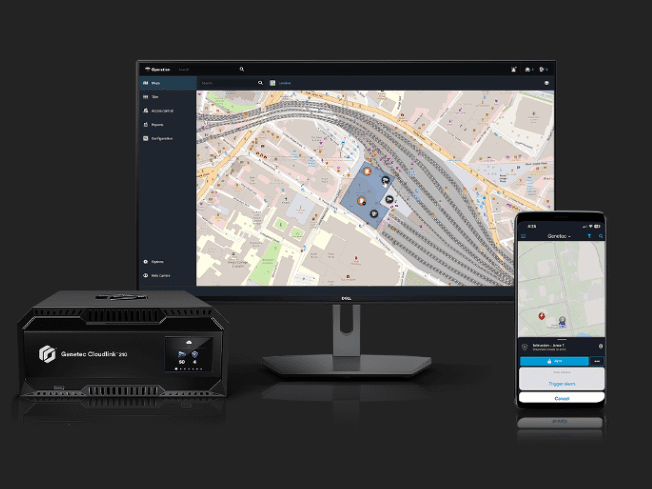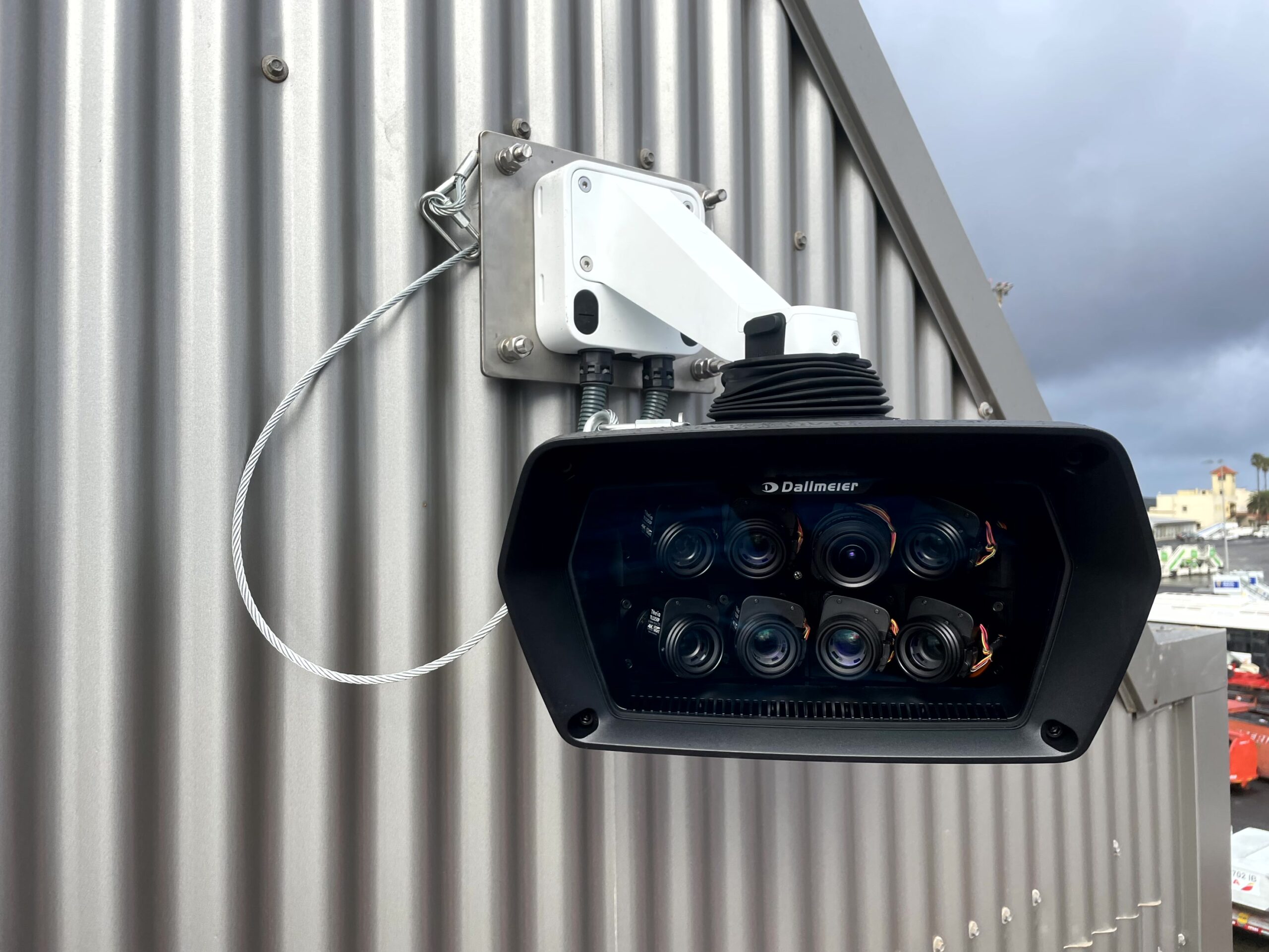What growing challenges do we expect to see in the healthcare sector in the next year, find out from the top industry experts
As we enter a new year in a continued evolving environment from the remnants of a global pandemic, we take a look at the biggest security predictions to the Healthcare sector for 2022 focusing on biometrics, convergence, cybersecurity and more. Hear from our security experts on what they are expecting to see most of during 2022 in the healthcare sector.
Healthcare facilities face many challenges in terms of security. When thinking about security solutions to protect assets, staff and visitors/patients, healthcare management must consider cyber related precautions, data protection, pharmaceutical, machinery and asset security as well as the physical foundations of building and people safety. As healthcare facilities can be incredibly emotionally volatile places, all these measures must be carefully considered. So what growing challenges can we see continuing and appearing in 2022 and beyond?
Rise in biometrics
The Covid 19 pandemic created a whirlwind of changes to healthcare and brought in a new era of digital health that has redefined patient care and will remain the top focus in the industry for many years to come.
It has become increasingly simple to monitor a patient’s health in the comfort of their home. In fact, home-based wearable and implantable biosensors, such as smart jewellery like the Oura and Apple Watch, continuous glucose monitors (CGMs), KardiaMobile EKG app, CardioMEMS device, and Bluetooth-enabled medical devices such as stethoscopes have become more prevalent and more accessible to consumers. Demand for this technology will only increase as at-home or on-the-go physician monitoring continues to grow, fueling adoption by healthcare practitioners. While these consumer-grade biometrics, including trackers and wearable devices, are making a substantial difference by allowing physicians to track a patient’s activity level, calories burned, sleep duration, and even their grocery list outside of a clinical setting, physicians are still sceptical of the information and statistics gathered.
At this point, many healthcare practitioners view consumer wearable biometric devices as screening tools and seek confirmatory testing using more traditional medical equipment such as electrocardiograms to validate information enough to add to a patient’s health record or make an informed decision about treatment methods or lifestyle changes.
With the enablement of artificial intelligence (AI) technology, these “consumer-level” products will shift into “medical-grade” products. Therefore, physicians and hospitals will attempt to create ways to integrate the data into the healthcare system and the electronic medical record (EMR) for a more integrated patient journey. Many concerns may arise during that transition including the quality, cleanliness, and appropriateness of that data and the risk of information overload on the EMR and thus the healthcare professional.
Remote onboarding of patients was barely in its infancy pre-pandemic, but the sudden necessity of delivering high-volume digital health services (or “telehealth” services) led to a frantic adoption of makeshift digital identity processes that, to be candid, weren’t always so robust, convenient, or secure.
We expect several things about this to change in 2022. One of which is healthcare payers and providers are likely to rethink many of their existing digital identity processes and replace One Time Passwords (OTPs) and other legacy factors with biometric-based patient onboarding and ongoing authentication, which is both exponentially more convenient and more secure.
For more news updates and exclusive features, check out our Q2 issue here.
Media contact
Rebecca Morpeth Spayne,
Editor, Security Portfolio
Tel: +44 (0) 1622 823 922


























